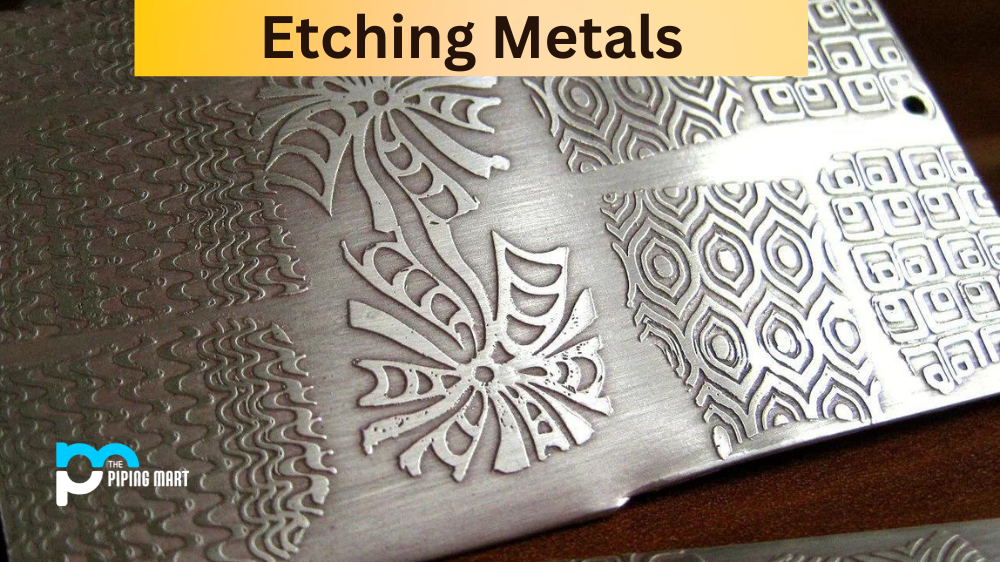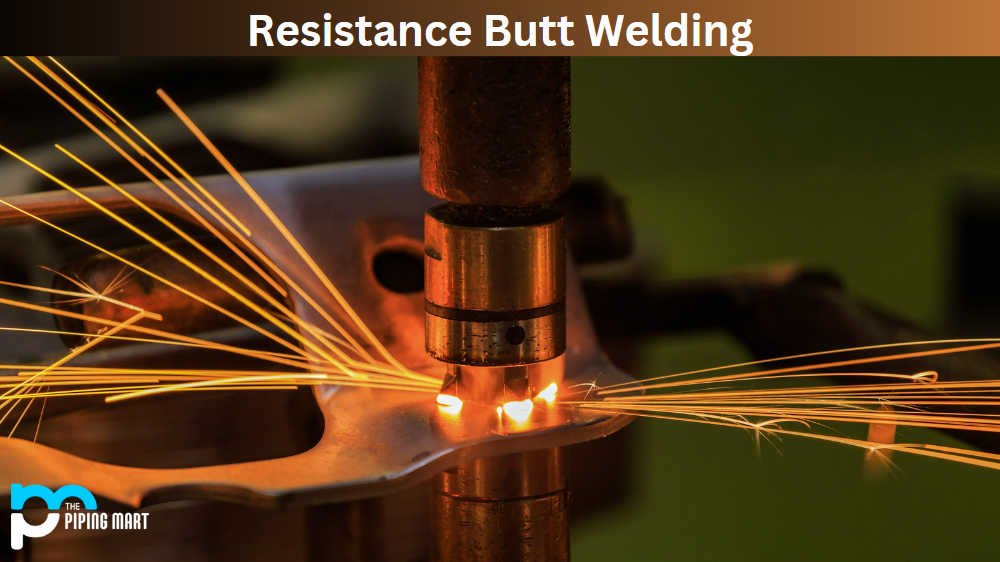Etching is a process of using strong acid or mordant to cut into the unprotected parts of a metal surface. It is used in many industries, from jewelry to electronics and even art. Today, we’ll be discussing etching and its uses, what it entails, and the various processes of etching metals.
What is Etching Metal?
Etching is the process of making a pattern or design on the surface of an object, such as metal, by using corrosive chemicals. This technique is used in various industries, such as jewelry making, watchmaking, printing, electronics manufacturing, and even art production. The result of etching can either be decorative or functional depending on the type of material being etched and the desired outcome.
Etching Metal Uses
Etched metals are commonly used in jewelry making due to their intricate designs, which can be easily achieved with this process. In addition, they are also used in watchmaking for intricate designs that require precision when creating components for watches, such as hands and dials. Another common use for etched metals is for printing plates which are then used to print books, newspapers, magazines etc. Lastly, etched metals are also commonly used in electronics manufacturing, where they are utilized in producing circuit boards and other components due to their intricate designs that can withstand high temperatures typically found in these types of environments.
Etching Metal Process
The process of etching metals involves several steps, including preparation of the metal surface, application of masking materials to protect certain areas from being exposed to corrosive chemicals (such as resists or enamels), applying acidic solutions or abrasive material onto the unprotected area of the metal surface followed by a washing step to remove any residue left behind by the corrosive substances before finally drying off any water droplets that have accumulated during this process. The final product should have an exact replication of what was initially designed on paper before it was transferred onto the metal surface via etching techniques.
Conclusion
In conclusion, etching metals has become increasingly popular over recent years due to their versatility and ease of use when compared to other fabrication techniques, such as laser cutting or CNC machining. It can be used for decorative purposes as well as functional ones depending on the application needed, from creating beautiful jewelry pieces all the way through complex circuit boards found inside our phones and computers today! For anyone looking into this procedure further, always ensure you’ve researched thoroughly so you know exactly what steps need to be taken during each part of the process so your final product will turn out just how you envisioned it!

A passionate metal industry expert and blogger. With over 5 years of experience in the field, Palak brings a wealth of knowledge and insight to her writing. Whether discussing the latest trends in the metal industry or sharing tips, she is dedicated to helping others succeed in the metal industry.




